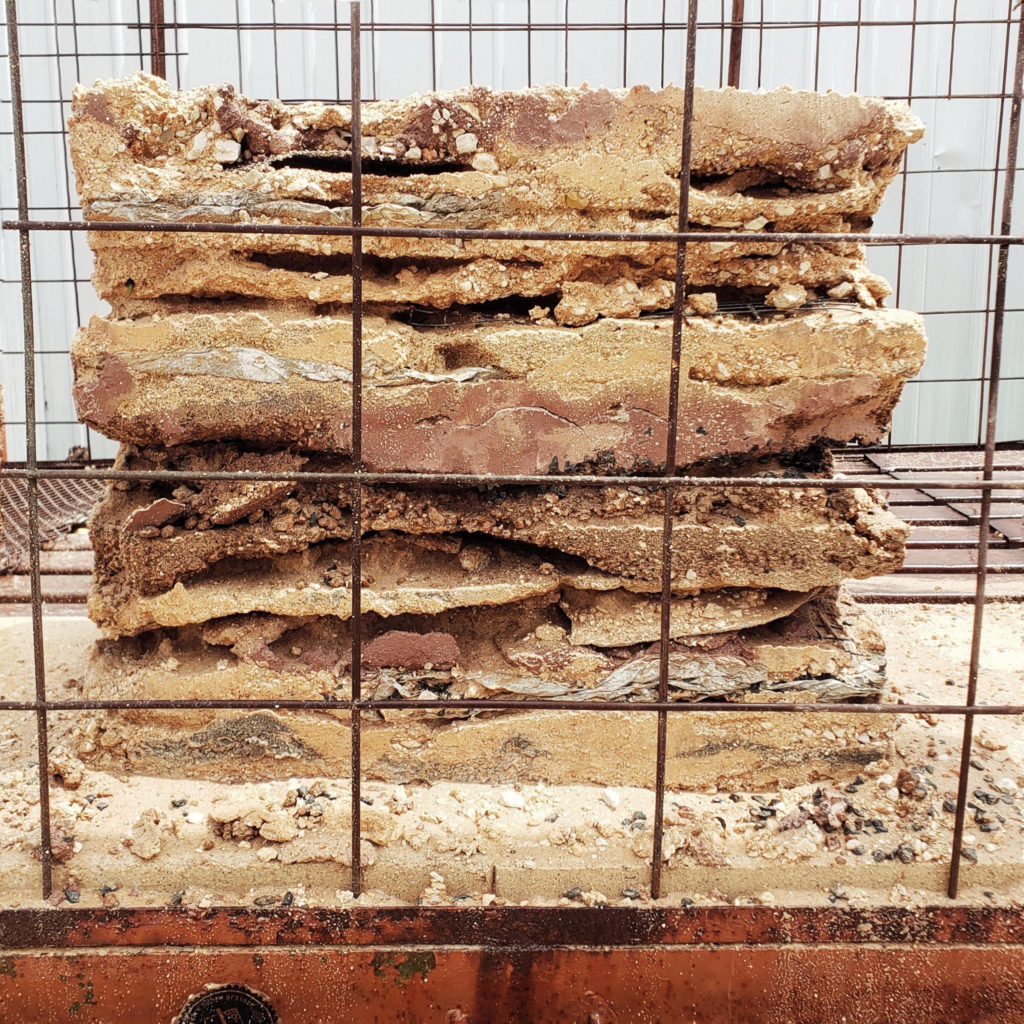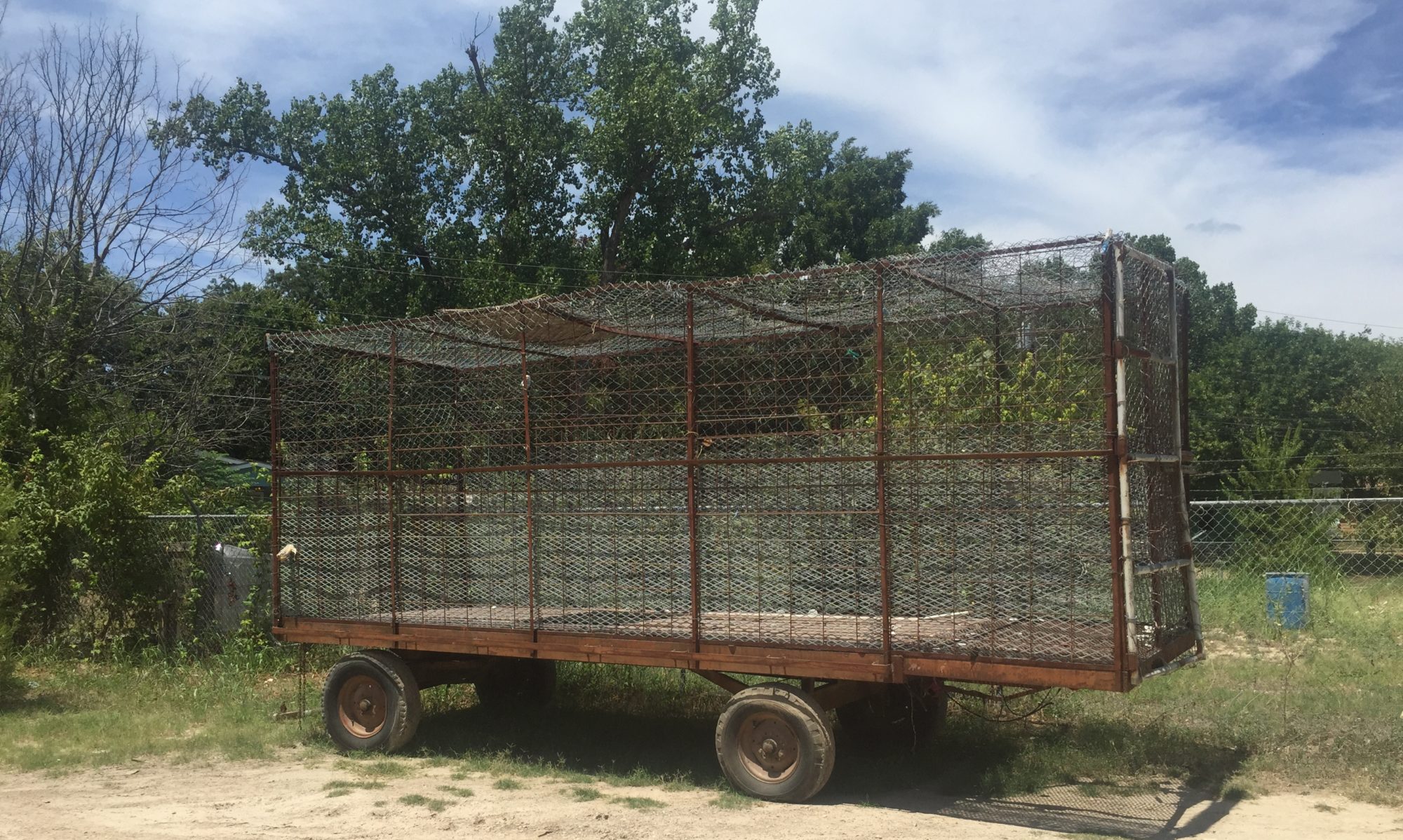
AYA (b. hannah alpert) Is a graduate of the Cooper Union (2013) ROADSIDE GEOLOGY is part of a larger body of ongoing work. AYA is a dynamic creative designer with over 10 years of experience in art direction, creative strategy, fabrication, and team leadership across multiple creative industries.
May 15, 2021 – June 18, 2021
Round 17, Roadside Geology by AYA (b.hannah alpert)
“[The picturesque] in landscape might be [in part] defined, ‘that disposition of objects which, by a partial and uncertain concealment, excites and nourishes curiosity.’ ”
— Sir Uvedale Price, in his 1796 Essay on the Picturesque: as compared with the Sublime and the Beautiful
ROADSIDE GEOLOGY shares its name with a classic 30+ book series started in 1972 by Mountain Press, which describe geological formations as they are most often viewed, revealed by road cuts, seen from a car window, while driving on major roadways. In the edition of Roadside Geology of Texas, written and illustrated by Darwin Spearing, the area surrounding the location of ROADSIDE GEOLOGY is described: The rocks around Austin are mostly limestone, but dolomite, clay, basalt, tuff, sandstones, and river gravel are also present. A band of white limestone, called the Austin Chalk…cuts a swath down the center of the city. You can get a quick Highway look at the Austin Chalk…on Interstate 35 at Slaughter Creek about five miles south of the city. – Sir Uvedale Price, in his 1796 Essay on the Picturesque: as compared with the Sublime and the Beautiful ROADSIDE GEOLOGY can be observed from the viewers car. The three crosscuts of earth are composed of crushed limestone, sand, clay, and gravel. Each crosscut is embedded with distinct material signatures from the current geological age (also known as the anthropocene). The three different materials – metal, cement, and marble – will affect the erosion of its respective block over time, and form new compositions through constant exposure to local elements. ROADSIDE GEOLOGY is an indeterminate experiment, a simulation of how the picturesque may exist in the context of the current Anthropocene.
